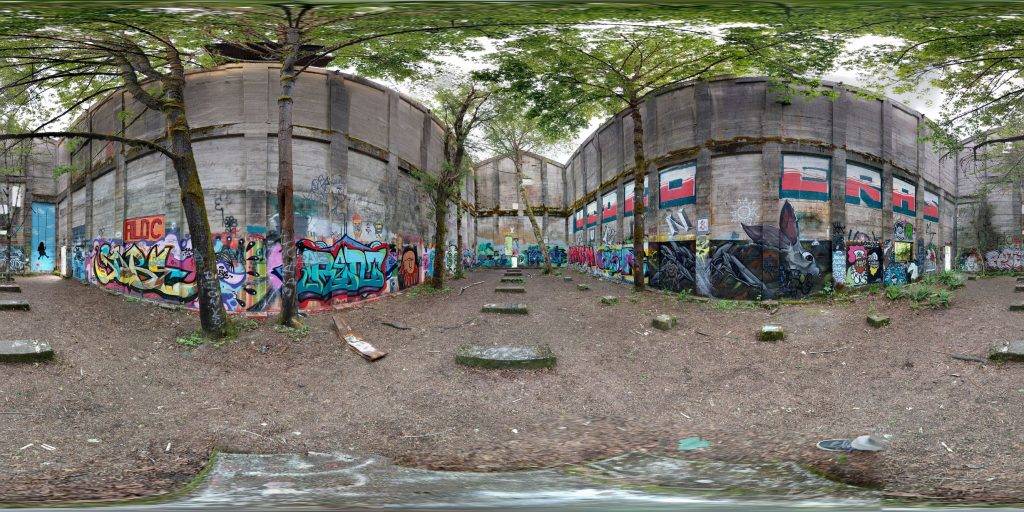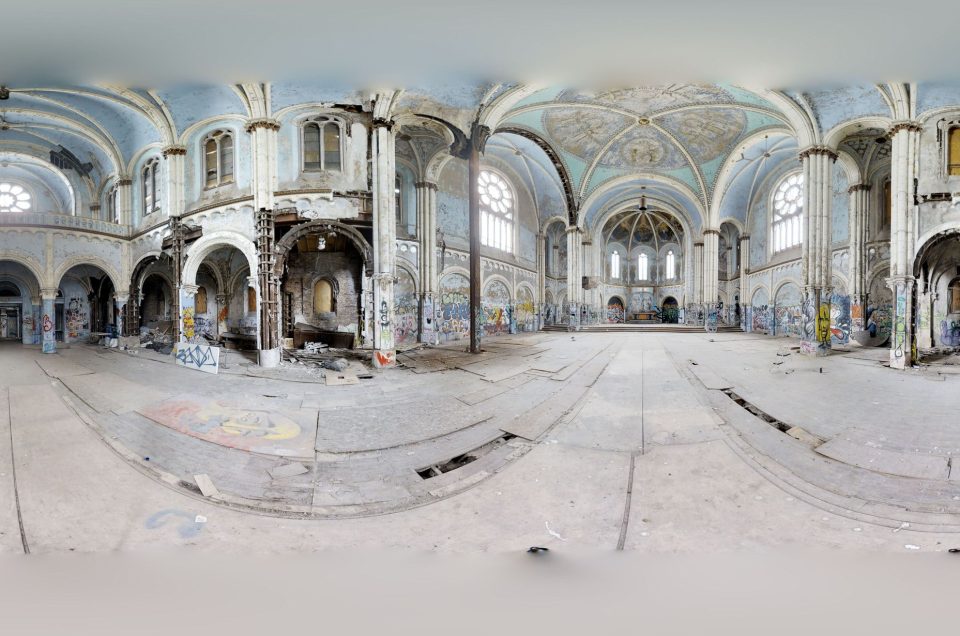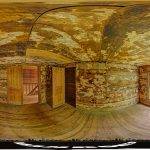Oregon American Lumber Sawmill
Begin a captivating 360-degree virtual exploration of the Oregon American Lumber Sawmill, nestled in the quiet town of Vernonia, Oregon. This journey transports you to a place that once buzzed with activity but now rests in quiet abandonment. As you delve into this virtual experience, you will come across a series of panoramic images that reveal the intricate details of the sawmill’s interior. Each image is skillfully captured, offering a comprehensive and in-depth look at the deserted structure. Feel free to take your time, look around, and immerse yourself in the unique atmosphere of this historical site, where each panoramic view unfolds a different chapter of its past.
Image by: Justin Spriggs
Image by: Matt Potter Photography
Image by: Robin Wikoff
Image by: Kevin Walters
About the Abandoned Location
In the lush, green embrace of Oregon’s landscapes lies a relic of industrial might turned into a canvas for nature and art – the Oregon-American Sawmill in Vernonia. This blog post delves into the fascinating history of the sawmill, its operational heyday, and its evolution into a haven for hikers, urban explorers, and graffiti artists.
The Rise of an Industrial Giant
The Oregon-American Lumber Company, established in 1917, found its home in the Nehalem Valley town of Vernonia. This company and its successors operated until 1957, leaving an indelible mark on the region’s economic and social fabric. In 1921, Vernonia was a small outpost with a mere 150 inhabitants. However, by 1923, even before the mill sawed its first log, the population exploded to over 1,500, driven by the burgeoning lumber industry.
The mill, constructed in 1924, quickly became one of Oregon’s largest and most active sawmills, surrounded by dense, old-growth forests. Its innovative approach to lumber production, including a significant manufacturing capacity of 350,000 board-feet per eight-hour shift and kiln-drying all lumber, set it apart from its contemporaries. Unlike traditional mills situated along major watercourses, the Vernonia mill was an inland facility primarily serviced by rail, which was pivotal for its operational efficiency.
Economic Impact and Decline
The Oregon-American Lumber Company significantly contributed to the local economy, with primary markets in the Midwest farm belt. Its strategic business relationships, notably with the Great Northern and Northern Pacific railroads, allowed for the transportation of products over 1,500 miles east. However, the logging industry began to face challenges in the 1930s, with factors like devastating forest fires and market overproduction leading to a decline.
The Mill’s Closure and Aftermath
The mill saw its last log on September 11, 1957, concluding its operation as the last integrated steam-powered stump-to-boxcar lumbering concern on the West Coast. The remaining lumber was shipped out by April 1958, and the mill was subsequently demolished. The company housing development was later deeded to the City of Vernonia in 1960.
A New Chapter: From Industrial Site to Artistic and Natural Sanctuary
Today, the site of the old sawmill is part of Vernonia Lake Park, northwest of Portland. The park, besides its natural attractions like hiking trails and a fishing lake, has become a magnet for those drawn to the beauty of abandoned spaces. The mill’s remnants, especially the concrete foundation of its enormous fuel bunker, stand as a testament to its past glory. Over time, nature has woven its tapestry over this structure, with moss, fallen leaves, and trees slowly reclaiming the area.
The walls of the mill are now covered with vibrant street art, turning this industrial relic into a dynamic gallery of urban expression. The art is ever-changing, offering a different experience with each visit. The transformation of this space reflects a profound shift – from a site of industrial production to a symbol of artistic and natural resurgence.
Conclusion
The Oregon-American Lumber Sawmill in Vernonia is more than just an abandoned structure; it’s a living chronicle of change, resilience, and rebirth. It tells a story of a time when industry shaped towns and lives, and now, as it stands embraced by nature and adorned with art, it speaks to the enduring spirit of transformation and creativity. For those who wander its grounds, it offers a unique glimpse into Oregon’s past and an inspiring vision of its future.
If you liked this blog post, you might like the Murphy Ranch in California, the Ruins of Paricatuba in Brazil, or the Glass Bank of Cocoa Beach in Florida. You can also view more locations in Oregon with our top abandoned locations in Oregon page.

A 360-degree panoramic image captured inside the abandoned Vernonia’s Oregon-American Sawmill. Photo by Matt Potter Photography
Do you have 360-degree panoramic images captured in an abandoned location? Send your images to Abandonedin360@gmail.com. If you choose to go out and do some urban exploring in your town, here are some safety tips before you head out on your Urbex adventure.
Unlock the secrets of exploration by diving into precise GPS data available exclusively for an array of hidden gems and hundreds of other captivating sites, all within our members’ section. By investing in a Gold Membership, you’re not just gaining access; you’re securing a key to a vast, global archive of abandoned, untouched, and mysterious locations waiting to be discovered. Embark on your adventure with confidence, knowing every corner of the world can be within your reach. Don’t just observe—explore, discover, and claim the extraordinary journey that lies ahead with our treasure trove of world secrets. Subscribe now and transform the way you see the world! If you want to start shooting 360-degree panoramic images, you might want to look onto one-click 360-degree action cameras.
Click on a state below and explore the top abandoned places for urban exploring in that state.






